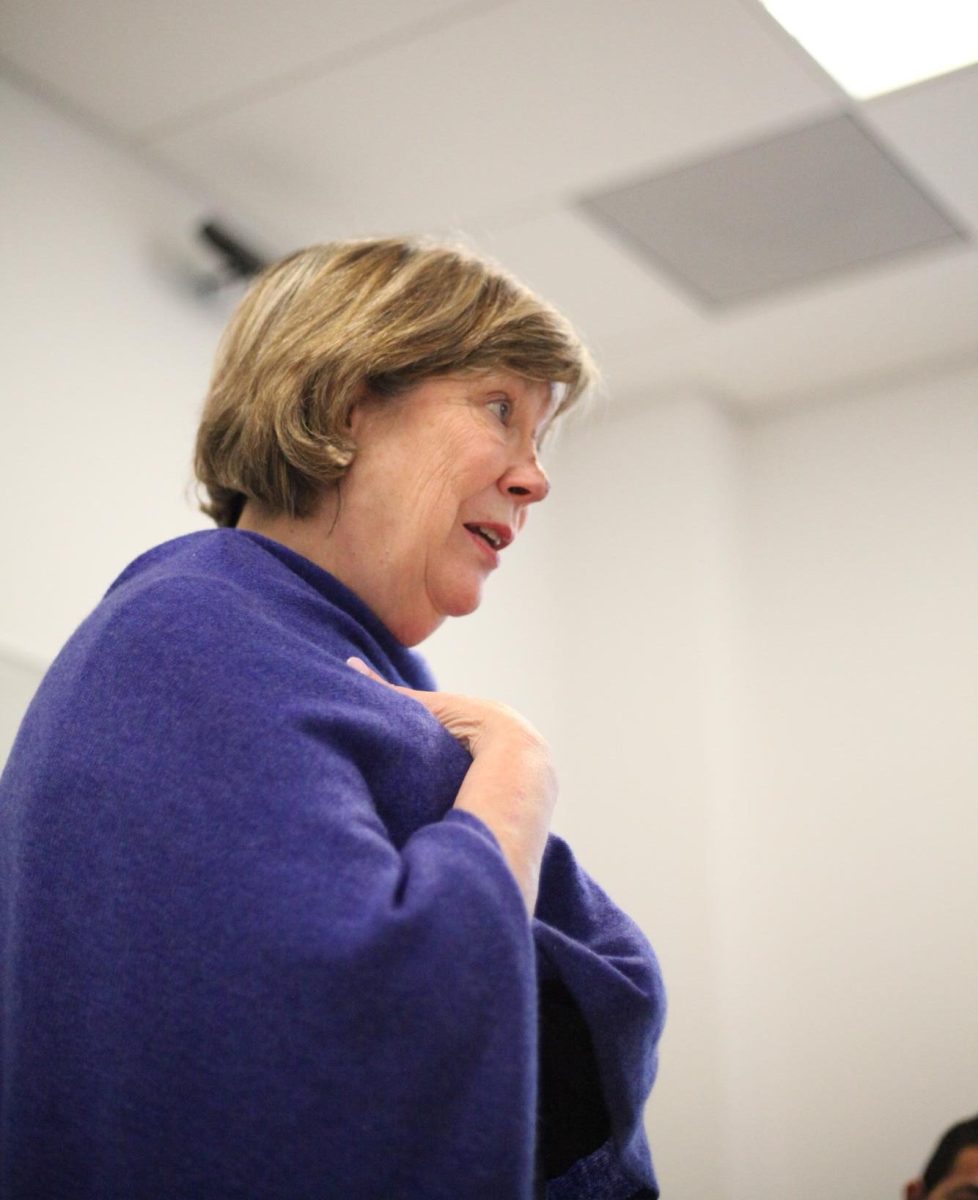This midterm election has released record-breaking numbers, allowing for increased representation in both the House and Senate, as well as multiple gubernatorial candidates in the epitome of the #MeToo and #TimesUp movements.
Ninety-two women have been elected into the House of Representatives and 10 joining the ranks of the Senate making it a record-breaking 112 female representatives in Congress serving at one time.
The movement began back in June when 29-year-old Alexandria Ocasio-Cortez beat Democratic incumbent Jim Crowley becoming the youngest woman ever to be elected into Congress.
After this shake-up, Ocasio-Cortez became a voice for all women wanting better representation in Congress.
The overdue election turn out not only allowed for better female representation in Congress but exceeded expectations when minority women were also given key seats allowing for the Democrats to win back the House.
The first Native American women, Deb Haaland was elected into the House, as well as the first lesbian, Native American woman to be elected, Sharice Davids.
Ilhan Omar is the first Muslim woman to be elected into the House, joining many other minority women in Congress.
The election also brought great change for the LGBTQ community where an openly gay gubernatorial candidate and former congressman, Jared Polis, won governor of Colorado.
These candidates are only a handful of the many firsts elected into higher offices across the country.
Even then with so many minorities being elected into Congress and State seats, there were still a great number of minority leaders fighting for better representation in other states.
Mayor of Tallahassee, Andrew Gillum, lost to GOP candidate Ron DeSantis in the race to be Florida’s first black governor.
Transgender candidate for Governor of Vermont, Christine Hallquist, also lost to GOP competitor Gov. Phil Scott.
Although these members lost, their triumphs do not go unnoticed. Every time a minority candidate runs for any representative office, it helps give a voice to the many underrepresented minority groups in this country.
This may allow for other minorities to want to run for elected office in the future.
For far too long our government has not been representative of its people.
According to the Washington Post, the 114 Congress, that served from 2015-2017, was 80-percent male, 80-percent white and 92-percent Christian.
Because of this severe lack in representation, 2018 was a revolutionary year aptly titled as “the year of the woman.” Movements such as #TimesUp and #MeToo have garnered an immense amount of attention and participation, most notably through the annual women’s march.
Many other movements have grown out of outrage such as the Black Lives Matter movement, which seeks to educate and raise awareness about police brutality against black-Americans. Starting in 2013 after the acquittal of George Zimmerman for the murder of young, black teen Trayvon Martin.
With such boisterous movements making wave this past year, it should be no surprise why this new Congress represents the people of America.
This Congress represents our frustrations, our anger, our need for our lawmakers to understand what we as a nation want and need.
Congress still has many years before it is proportional with what the American people look like, but this is just a single stepping stone on the way there.
If 2018 was the year of the woman, maybe 2019 will be the year of firsts.


































